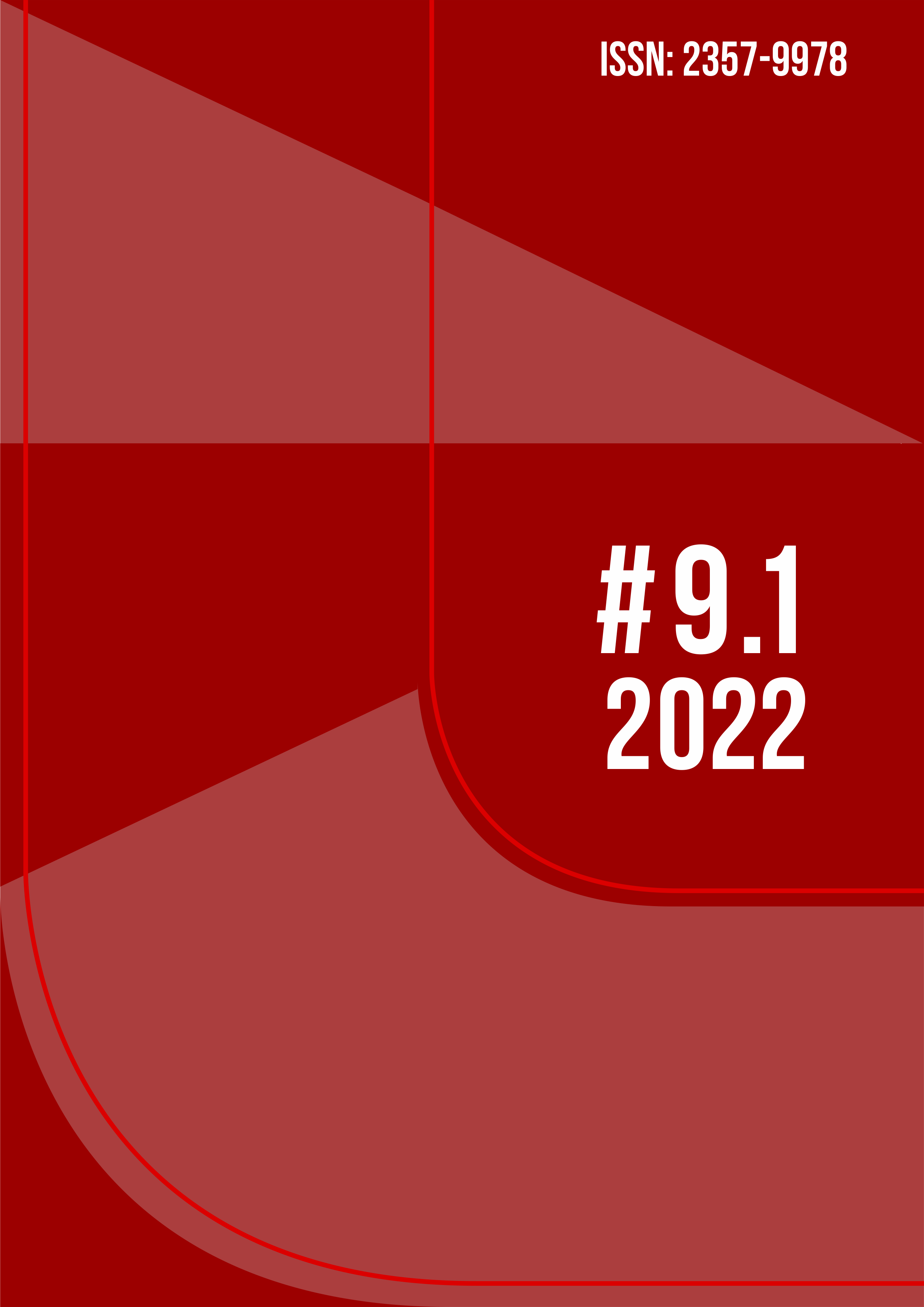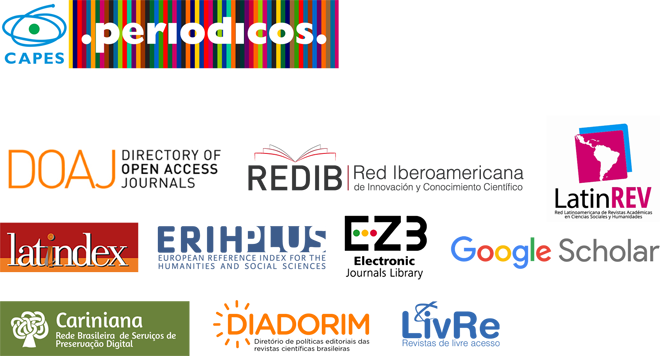The Birth of the Image-Collection in the "Atlas" of Gerardus Mercator
DOI:
https://doi.org/10.36025/arj.v9i1.29659Keywords:
Image-collection, Atlas, Mercator, WarburgAbstract
The scholar attention given to the Atlas Mnemosyne, analyzing the more than seventy panels on which Warburg grouped clippings of images and photographs, illustrated the Warburgian search for the survival of certain formulas of pathos across cultures and times. Despite the obsessive dedication with which Warburg developed these studies (replied in those who studied his method), it is striking that the panels have not received more attention as images themselves, and that no systematic attempts have been made to place the very panels among other images, in the same way that their craftsman established links between visual fragments of Antiquity, Renaissance and Modernity. As a singular attempt in that direction, this article seeks to show links between the panels of the Mnemosyne Atlas and other image-collections, starting by Gerardus Mercator's cartographic Atlas of 1595.
Downloads
References
AGAMBEN, Giorgio. Aby Warburg y la ciencia sin nombre. En: La potencia del pensamiento. Buenos Aires: Adriana Hidalgo, 2007, pp. 157-187.
AGAMBEN, Giorgio. Ninfas. Buenos Aires: Adriana Hidalgo, 2009.
AGAMBEN, Giorgio. Signatura rerum. Sobre el método. Buenos Aires: Adriana Hidalgo, 2010.
BABICZ, Jósef. The Celestial and Terrestrial Globes on the Vatican Library dating from 1477, and their maker Donnus Nicolaus Germanus (ca 1420-ca 1490). Der Globusfreund, No. 35/37, 1987, pp. 155-168.
BELTING, Hans. Imagen y culto. Una historia de la imagen anterior a la edad del arte. Madrid: Akal, 2009.
BORISONIK, Hernán. $oporte. El uso del dinero como material en las artes visuales. Buenos Aires: Miño y Dávila, 2017.
BROTTON, Jerry. A History of the World in Twelve Maps. London: Allen Lane, 2012.
BURCKHARDT, Jacob. The Civilization of the Renaissance in Italy. Nueva York: The New American Library.
CRANE, Nicholas. Mercator. The man who mapped the planet. Nueva York: Henry Holt and Company, 2002.
DA VINCI, Leonardo. Das Buch Von Der Marelei. Nach Dem Codex Vaticanus (Urbinas) 1270. Viena: Wilhelm Brumüller, 1882.
DIDI-HUBERMAN, Georges. La imagen superviviente. Historia del arte y tiempo de los fantasmas según Aby Warburg. Madrid: Abada, 2009.
DIÓDORO DE SICILIA. Biblioteca histórica. Madrid: Gredos, 2001.
FARAGO, Claire J. Leonardo’s da Vinci Paragone. A critical interpretation with a New Edition of the Text in the Codex Urbinas. Leiden: E.J. Brill, 1992.
HOMERO. Odisea. Madrid: Gredos, 2000.
HESÍODO. Teogonía. Madrid: Gredos, 1978.
KING, Robert J. Franciscus Monachus' 'De Orbis situ ac descriptione' - a parallel translation. The Globe, No. 86, pp. 43-69, 2019, pp.
LUDUEÑA ROMANDINI, Fabián. La ascensión de Atlas. Glosas sobre Aby Warburg. Buenos Aires: Miño y Dávila, 2017.
LUDUEÑA ROMANDINI, Fabián. La imagen transtemporal: la “ciencia sin nombre” de Aby Warburg. Instantes y Azares. Escrituras nietzscheanas, No. 19-20, pp. 31-46, 2018.
MANGANI, Giorgio. Abraham Ortelius and the hermetic meaning of the cordiform projection. Imago Mundi: The International Journal for the History of Cartography, 50:1, 1998, pp. 59-83.
MERCATOR, Gerardus. Atlas sive Cosmographiae Meditationes de Fabrica Mundi et Fabricati Figura. Duisburg: 1595.
MERCATOR, Gerardus. Text and translations of the legends of the original chart of the world by Gerhard Mercator issued in 1569. Hydrographics Review, No 9/2, pp. 7–45. 1932.
OTTONELLO, Rodrigo Oscar. La cartografía atlántica del nuevo mundo y de la utopia. Nombres. Revista de Filosofía, No. 31, 2018, pp. 199-214.
PLATÓN. Critias. Madrid: Gredos, 2011a.
PLATÓN. República. Madrid: Gredos, 2011b.
PLATÓN. Timeo. Madrid: Gredos, 2011c.
RAVENSTEIN, Ernst Georg. Martin Behaim. His life and his globe. Londres: George Philip and Son, 1908.
STEVENSON, Edward Luther. Terrestrial and celestial globes. Their history and construction including a consideration of their value as aids in the study of geography and astronomy. Vol 1. Londres: Published for the Hispanic Society of America by the Yale University Press, 1921.
STIMILLI, Davide. Aby Warburg’s Impresa. Images Re-vues. Histoire, anthropologie et théorie de l’art, Hors-série 4, 2013, pp. 1-26.
STOICHITA, Victor. La invención del cuadro. Arte, artífices y artificios en los orígenes de la pintura europea. Barcelona: Ediciones del Serbal, 2000.
WARBURG, Aby. El ritual de la serpiente. México DF: Sexto Piso, 2004.
WARBURG, Aby y BINSWANGER, Ludwig. La curación infinita. Historia clínica de Aby Warburg. Buenos Aires: Adriana Hidalgo, 2007.
WARBURG, Aby. Atlas Mnemosyne. Madrid: Akal, 2010.
WARBURG, Aby. “El nacimiento de Venus” y “La primavera” de Sandro Botticelli. Una investigación acerca de las representaciones de la Antigüedad en el temprano renacimiento italiano. En: La pervivencia de las imágenes. Buenos Aires: Miluno, 2014, pp. 27-115.
WOODWARD, David (ed.). The History of Cartography Volume Three. Cartography in the European Renaissance. Part 1. Chicago: University of Chicago Press, 2007.
Downloads
Published
How to Cite
Issue
Section
License
Copyright (c) 2022 Rodrigo Oscar Ottonello (Autor)

This work is licensed under a Creative Commons Attribution-NonCommercial-ShareAlike 4.0 International License.

This work is licensed under a Attribution-NonCommercial-ShareAlike 4.0 International (CC BY-NC-SA 4.0) License.
Authors retain copyright, while licensing their work under a Attribution-NonCommercial-ShareAlike 4.0 International (CC BY-NC-SA 4.0) License.


 English
English Português (Brasil)
Português (Brasil)
